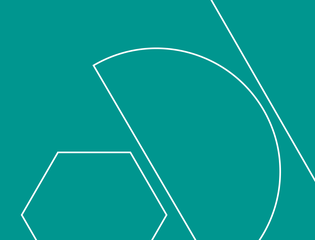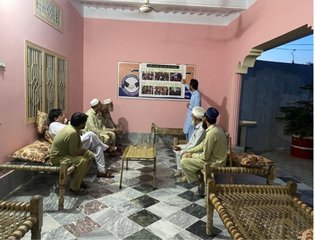Simone di Vicenz, Head of Humanitarian Policy, Practice and Advocacy, Christian Aid
Since the World Humanitarian Summit in 2016, there has been a strong focus on localisation and locally-led action, but seven years on there is still much debate on how to provide leadership to local actors.
The debate is convoluted, repetitive and complex. Practical progress has been minimal.
ALNAP, Local to Global Protection and Christian Aid recently hosted a webinar on mutual aid – the spontaneous, informal, first (and often only) support families, neighbours and communities provide for each other in an emergency. We need to be humble in recognising mutual aid as the biggest part of the response to any crisis. Not the UN, government, INGOs or national organisations – it’s the people themselves helping each other. We have seen evidence of this recently in both Ukraine and Sudan.
Mutual aid is real and big. It works at scale, exists outside the humanitarian system and is crucial to the people affected by crises worldwide.
Experiences shared by activists from Myanmar, Sudan and Kenya at our recent webinar were humbling and inspiring. We heard what people were doing for themselves in different contexts. Often hampered by security and political issues, people don’t wait for the humanitarian community to help them, they take immediate action to support their families, neighbours, friends and the wider community.
Dr Mudawi Ibrahim Adam, from the Sudan Social Development Organisation (SUDO), explained how mutual aid in Sudan is based on Muslim culture. Once the war started, thousands of local initiatives were spontaneously established in neighbourhoods to take care of injured people, prepare food, host IDPs, support survivors of gender-based violence and adopt orphans. People share whatever they have – money, remittances, food – for the collective benefit.
SUDO sought funding to support these local initiatives and work with the structured committees running these so-called ‘Emergency Rooms’, helping them coordinate among themselves without undermining them and collaborating with the UN agencies providing supplies.
Hajooj Kuka, from the Khartoum State Emergency Response Room, told the webinar: ‘There is no urgency in the humanitarian space. To do an evacuation of a woman who has been raped, we [would have] to fill so much paperwork for a donor. [There are] so many layers for approvals.
‘[Conversely], a women’s group in Khartoum, who received a micro-grant of US$500, collectively decided to purchase and deliver a rape kit to the women attacked and put the women on the bus to the hospital. This took less than a day. People on the ground decided the urgency. Sudan is an easy example to try to support mutual aid – as all is set up. There are no excuses, it’s an easy solution.’
“Mr Moon”, a humanitarian practitioner from Myanmar, explained how INGO and NGOs were paralysed after the Junta there. Whereas NGOs must do assessments before starting work, communities can respond far more quickly, he explained.
Salad Liban Arero, from the Kenyan NGO Community Initiative Facilitation and Assistance (CIFA), told us about how mutual aid can be supported, and not undermined, by using sclr (survivor and community-led response) approaches. Since 2018, CIFA has used an sclr approach in their work, seeing it as more responsive, cost-efficient and fitting better with needs, as well as providing psychological benefits, hope and dignity, increasing social cohesion, and promoting solidarity while strengthening community accountability.
The open-mindedness of donor representatives at the mutual aid session was also encouraging.
Andrea Freeman, from USAID’s Office of Sudan and South Sudan Programs, took us through what donors can do to support mutual aid. Understanding of local context is key, knowing who is really leading and what their needs are. USAID has started focusing on long-term plans, working with fragmented assistance to disburse funds.
‘It’s hard to do, but we are doing it. Not at the scale needed,’ Andrea said. But this example certainly shows how donors can play an important role when there is a willingness to go the extra mile.
Susan Fraser, Humanitarian Policy Lead for Irish Aid, said greater recognition of community-led action and mutual aid is high on Ireland’s agenda. Everybody is on board, but transforming it into practice is challenging, Susan added.
When you start acknowledging and discussing mutual aid the discussion changes. New ideas, thoughts and learning evolve.
During the webinar, I heard for the first time publicly some frank conversation about neutrality between donors and practitioners. Both groups agreed that some actors can be neutral but for the majority impartiality and solidarity are a more useful framework to work with in practice.
The international localisation debate is still stuck around transferring funds to national and local NGOs. The solution still lies in pool funds of one sort or another. This is of course welcomed in terms of access in decision making by and funds to local actors. The challenge with pool funds remains the same: we ask local actors to hold the same standards of international organisations, without evidence this group are able to do so. However, we don’t want to localise the international system and local actors do not want to be internationalised. They are proud to be different and work in a different way.
Exchanges during the webinar were honestly refreshing and I sensed a wind of change. My hope is that the aid sector raises its head above compliance and is increasingly inspired by what people can do by and for themselves for the good of all.

